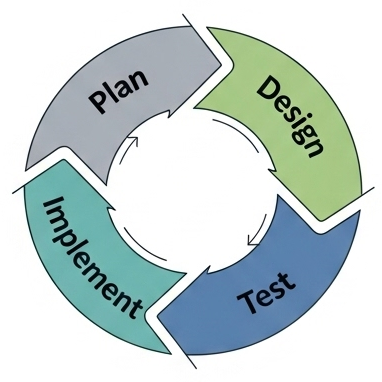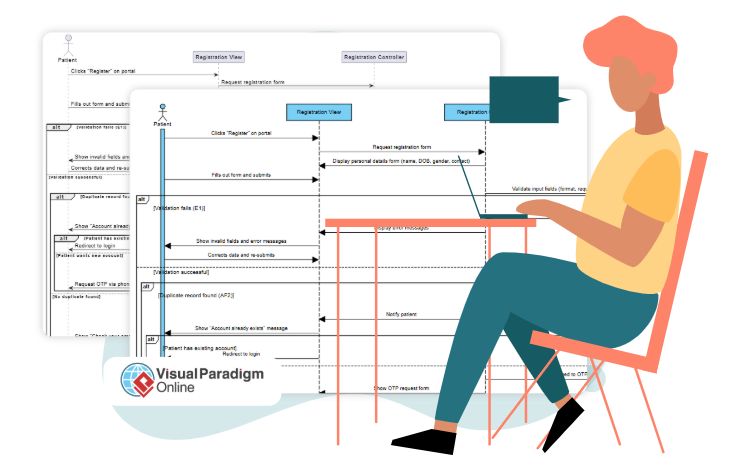Now Reading: Iterative System Design with AI-Powered Sequence Diagrams
-
01
Iterative System Design with AI-Powered Sequence Diagrams
Iterative System Design with AI-Powered Sequence Diagrams
Why System Design Must Be Iterative
System requirements rarely remain static. New features are requested, user feedback highlights gaps, and technical constraints reshape initial ideas. In such a dynamic environment, system design must follow an iterative cycle rather than a one-time activity.
Sequence diagrams are well-suited for this approach, as they can quickly adapt to reflect updated scenarios and evolving system behaviors.

The Role of Sequence Diagrams in Iterative Design
Sequence diagrams capture how actors and components interact over time. Their strength in iterative design lies in:
- Flexibility – easy to update when scenarios change
- Traceability – clearly shows how new requirements affect existing components
- Alignment – keeps all stakeholders on the same page through each revision
Instead of rewriting documentation from scratch, teams can refine and extend existing diagrams.
How AI-Powered Refinement Enables Iteration
The MVC System Architecture Generator and Sequence Diagram Refinement Tool enhances this iterative workflow by:
Starting Simple
Begin with a high-level sequence diagram based on the current understanding of requirements.
AI Decomposition
Automatically extract View, Controller, and Model objects, ensuring that architectural roles are identified consistently.
Refinement to MVC
Generate a detailed sequence diagram that reflects a deeper architectural perspective.
Iteration & Adjustment
As requirements evolve, update the original diagram, and let AI regenerate refined versions — saving effort and ensuring architectural alignment.
This cycle can be repeated as many times as necessary, making design evolution seamless.
Making Iteration Work with VP Online
When combined with VP Online, the iterative process becomes practical:
- Render initial diagrams
- Use AI-powered refinement for MVC mapping
- Edit, export, and share updated diagrams
- Repeat the cycle as requirements evolve
This creates a closed loop of design refinement, ensuring that system models keep pace with real-world needs.


